This article is the first in what will become a regular contribution from our colleagues in the Association of Fire Ecology.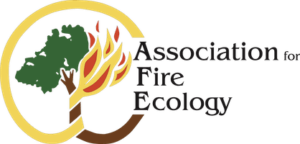
THE NEW FIRE PROFESSIONAL – CONFIDENT, CAPABLE AND PREPARED
By Lars Filson
Wildland fire management across the US is under intense scrutiny as it faces challenges of extreme wildfire seasons, a warming climate and increasing pressures on natural resources. As he ends his term as President of the Student Association for Fire Ecology Lars Filson offers his view on whether the current cohort of graduates is up to the task.
Come May I will graduate from the University of Idaho’s Department of Forest, Rangeland and Fire Sciences with my bachelor’s degree in fire ecology and management. My graduation will mark the culmination of a five-year journey as a full-time student and seasonal firefighter. As I reflect on the time I’ve invested in academics, I feel fortunate to have received so much support from peers, mentors, and family alike, as well as for the unique opportunities I’ve had both on and off campus. Many of the connections I’ve built during my time at the University of Idaho are a product of the time I’ve invested with the Student Association for Fire Ecology (SAFE). Founded in 2000 by graduate students at the University of California at both the Berkley and Davis campuses, SAFE is the student branch of the Association for Fire Ecology (AFE). In an effort to support students of wildland fire, SAFE was founded to provide student members with a forum to share research, form networks and access funding and other resources. Since 2000, SAFE has grown to include 20 local chapters distributed across every geographic region of the United States. Today we continue to meet our objectives by connecting students with professional mentors, providing yearly chapter grants for the acquisition of equipment or to cover travel expenses to conferences and prescribed burn exchanges, providing student scholarships, and providing students with access to AFE’s scientific journal, Fire Ecology.
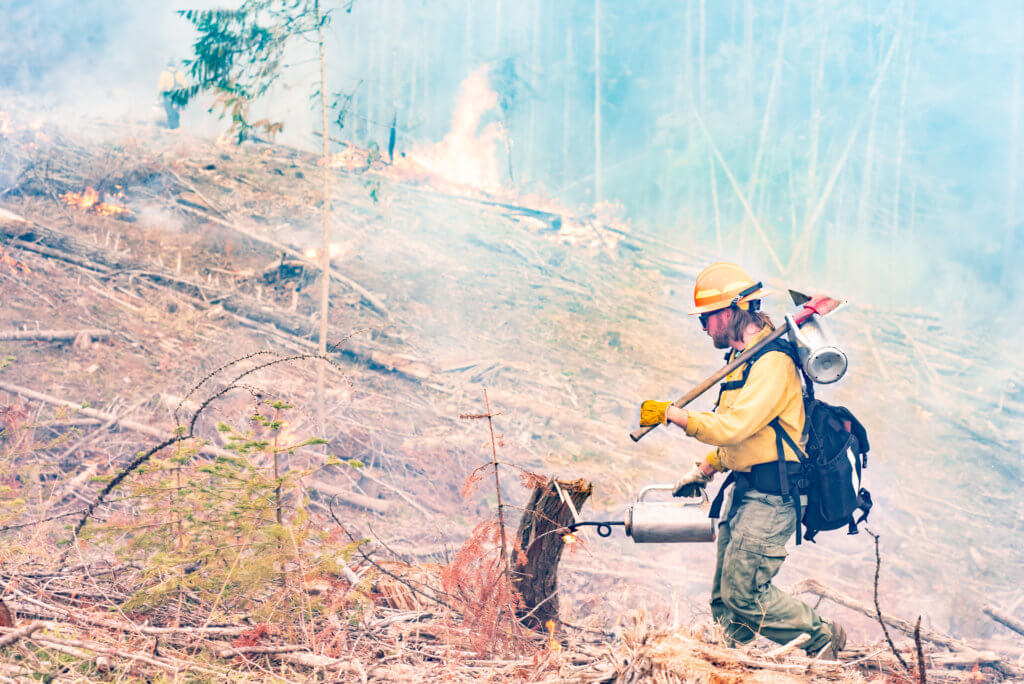
Shortly after arriving at the University of Idaho in the spring of 2019 Heather Heward, my major professor, approached me to see if I had any interest in pursuing a position as the National President of the Student Association for Fire Ecology. Eager for any opportunity to become further involved in the wildland fire profession, I jumped at the opportunity. I had very little idea of what I was getting myself into at the time. I was fortunate to be elected by my cohorts. As my involvement at the national level increased, so did the time I invested with the local chapter at the University of Idaho which gave me the chance to travel to Florida with my fellow students over spring break. Our chapter sent ten students, an alumnus, and a professor to the Disney Wilderness Preserve where we were able to conduct prescribed burns on nearly 1500 acres in a week. The hands-on learning experiences provided by the College of Natural Resources at the University of Idaho are excellent, thanks in part to the university’s access to a 12,000-acre experimental forest. But nothing in my college experience was as special, memorable, or valuable as the opportunity to stand shoulder-to-shoulder with my fellow SAFE members and my prof and an alumnus Michael McManus in a new fuel type, in new ecosystems and in a whole new landscape. Since that experience I have served two 1-year terms as SAFE’s National President. As I prepare to move from academics into my career, the time has come for me to pass the torch to the next group of officers who will shape the future of SAFE.
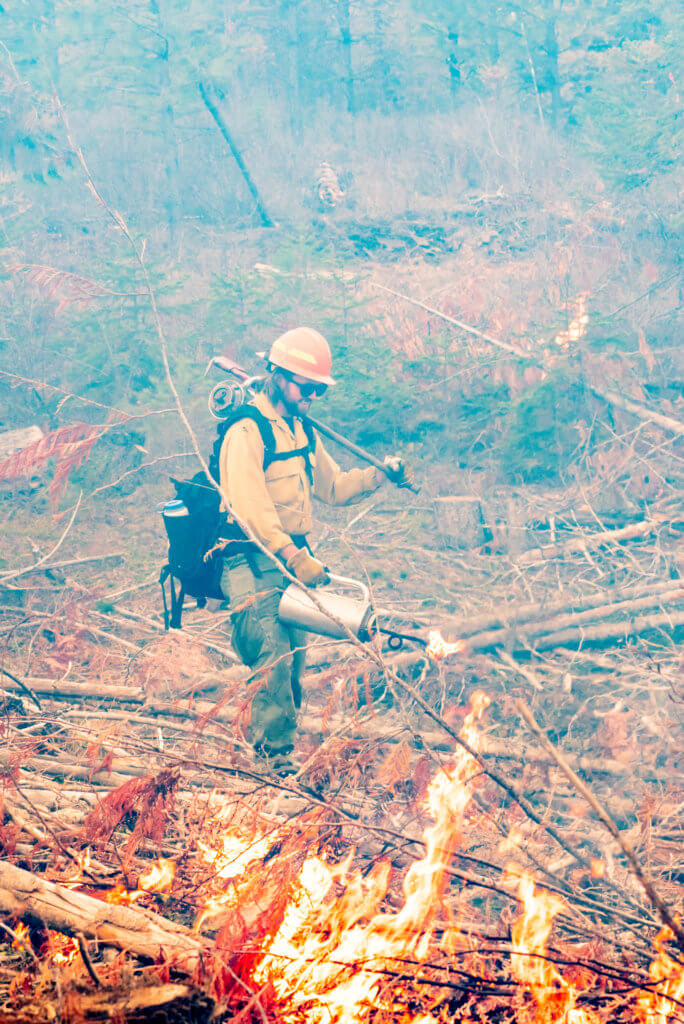
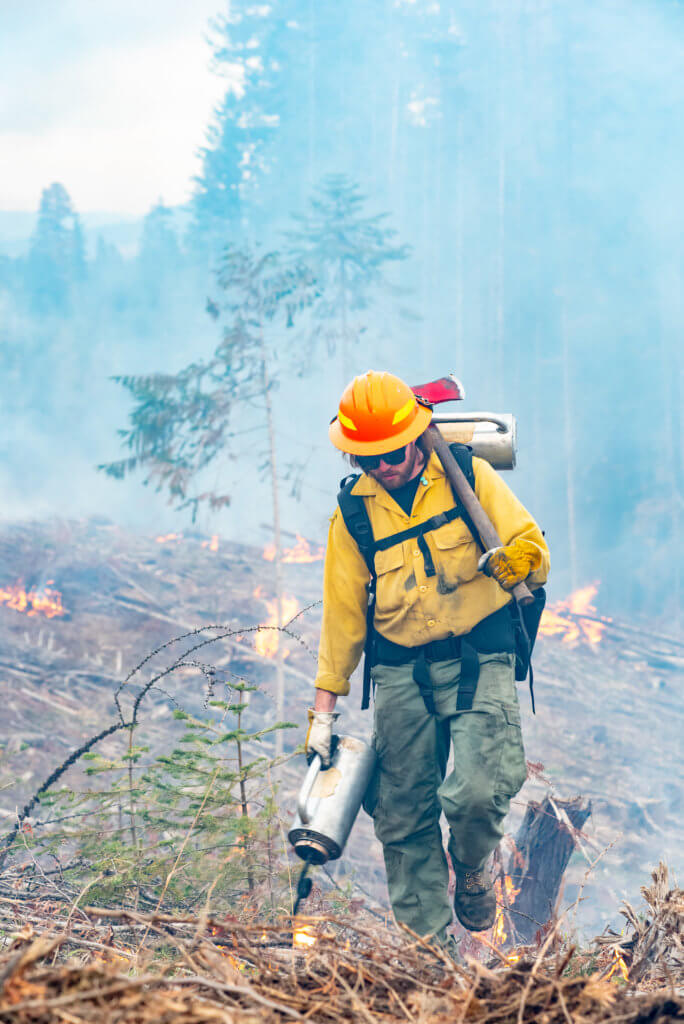
I’ve been fortunate to be able to take advantage of the opportunities provided to me, made possible by the support of my peers, mentors, and family, both on and off campus. My seasonal work during the summers, supplemented by a minimal part time position on campus and the occasional scholarship, has provided me the flexibility to take advantage of volunteer positions, dedicate my weekends to hazardous fuels reduction work with my local SAFE chapter, and spend university breaks traveling to prescribed burn exchanges. This can’t be said for every student pursing a degree in fire ecology and management or similar study. Many of my peers work part-time or full-time jobs during the school year to make ends meet, which restricts their ability to undertake training outside of their school schedule or travel to prescribed burn exchanges that take place during the school year. Many are non-traditional students seeking degrees to further their current careers with various land management agencies in between fire assignments and daily life. Some are even working to balance a full course load, work, and a family.
Despite the advances the academic community has made in producing wildland fire professionals, including increases in the number of institutions offering degrees or concentrations in fire ecology and related subjects, research into both the ecological and social aspects of wildfire, and university coordinated prescribed fire exchanges, many of the same challenges identified by Kobziar et. al. (2008) in their paper Challenges to Educating the Next Generation of Wildland Fire Professionals in the United States remain. In many instances the National Wildfire Coordinating Group (NWCG), which wase established in 1970 to standardize agency-provided wildfire training, refuses to recognize any university-provided training that students complete during the duration of their time on campus. Similarly, because of the restrictions placed on who can participate in prescribed burns completed by federal and state agencies during the shoulder seasons, many students employed by the same agencies during the fire season miss out on opportunities to observe fire behavior and gain experience during the shoulder seasons. Many universities are dependent on their own experimental forests, partnerships with non-governmental organizations, or other private landowners to provide students with the opportunity to gain ‘boots on the ground’ fire experience during the school year. The opportunities I’ve had to operate in the field with my peers have been an invaluable part of my college experience, and a frequent frustration shared by my peers is the lack of similar opportunities. With increased conversations about the future of state and federal fire management, the potential of a unified wildland fire force in the United States, special interest groups pushing for increased recognition of wildland fire personnel, and even a future federal job track specifically for wildland fire management personnel, it’s high time that we double down on our commitment to the next generation of WFP and offer the next generation the training, hands-on learning opportunities, and career prospects they need to further their careers and meet society’s needs.
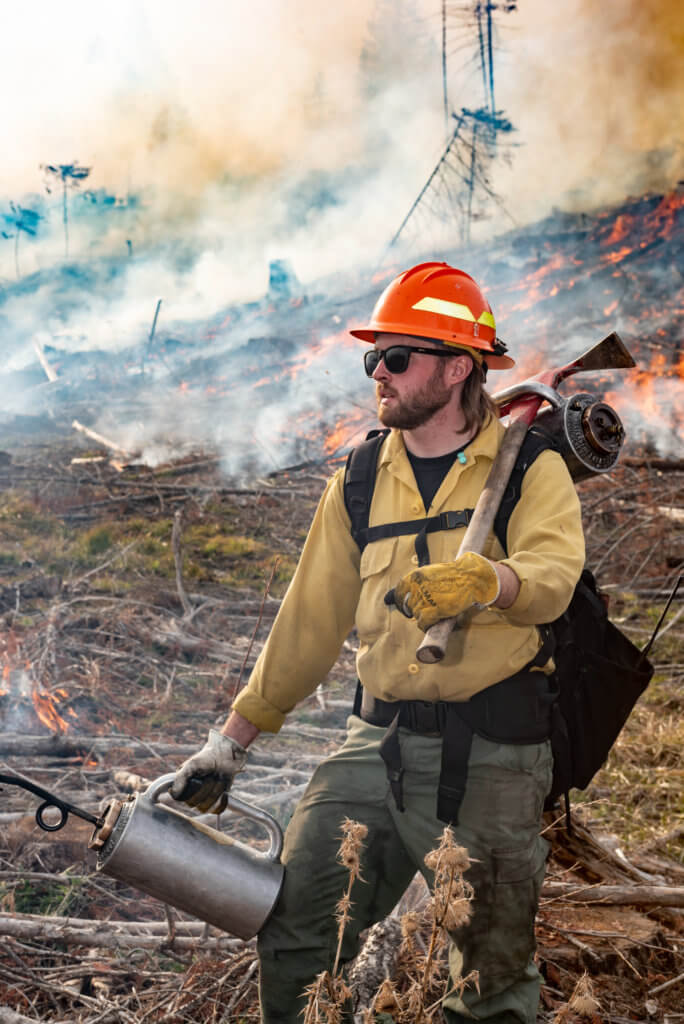
There are moments when the future of fire management seems bleak. In 2020, a year when the cumulative acres burned during western wildfire season in the US exceeded the number burned in the infamous year of 1910, the challenges fire managers face are obvious The US’s failure to manage climate change, manifest in extreme droughts and other events, has resulted in longer and more extreme wildfire seasons. As we experienced this past summer, longer fire seasons result in a national drawdown of available resources, increasing the mental and physical fatigue the country’s wildland fire personnel experience. A legacy of aggressive fire suppression has resulted in un-naturally heavy fuel loads, species shifts and other ecosystem changes, which have drastically altered fire regimes. Population increases across the Western U.S. have resulted in ecosystem fragmentation and increased wildland-urban interface and exposed the challenges of evacuating nearly entire cities in the face of fires. These challenges demand an a well-educated and highly trained group of WFPs to ensure public safety while restoring and maintaining the ecological and economic health.
One thing I can definitively say as I wrap up my time at the University of Idaho and with SAFE, is that the future of wildland fire management is bright. During my time serving as the national president for SAFE, I’ve been fortunate to represent an exceptional group of students. Universities with SAFE chapters are producing a high caliber of WFPs. They’ve taken motivated, passionate, and excited students and given them the tools they will need to succeed. These students determined for themselves how to implement the tools, a testament to their individual desires to see their careers and their profession succeed. They have put in a tremendous amount of work to better themselves and prepare to enter career fields in a way that will allow them to maximize the impact of their careers. The United States is a critical period in the history of wildland fire management. Without a new generation of confident and capable fire professionals, the country may surpass a threshold from which we will not be able to return. Despite this threat and the severe consequences, it carries, I have complete confidence this group of emerging WFPs will rise to the occasion. It has been an honor to work with and represent these students and I look forward to seeing what we can collectively accomplish throughout our careers.
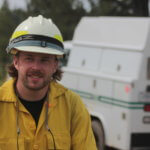
About the Author: Lars Filson began his academic career at Central Oregon Community College in Bend Oregon before transferring to the University of Idaho where he is a senior fire ecology and management major. Outside of the school year Lars works as a helicopter crewmember on a helitack crew based in the Northern Rockies.
